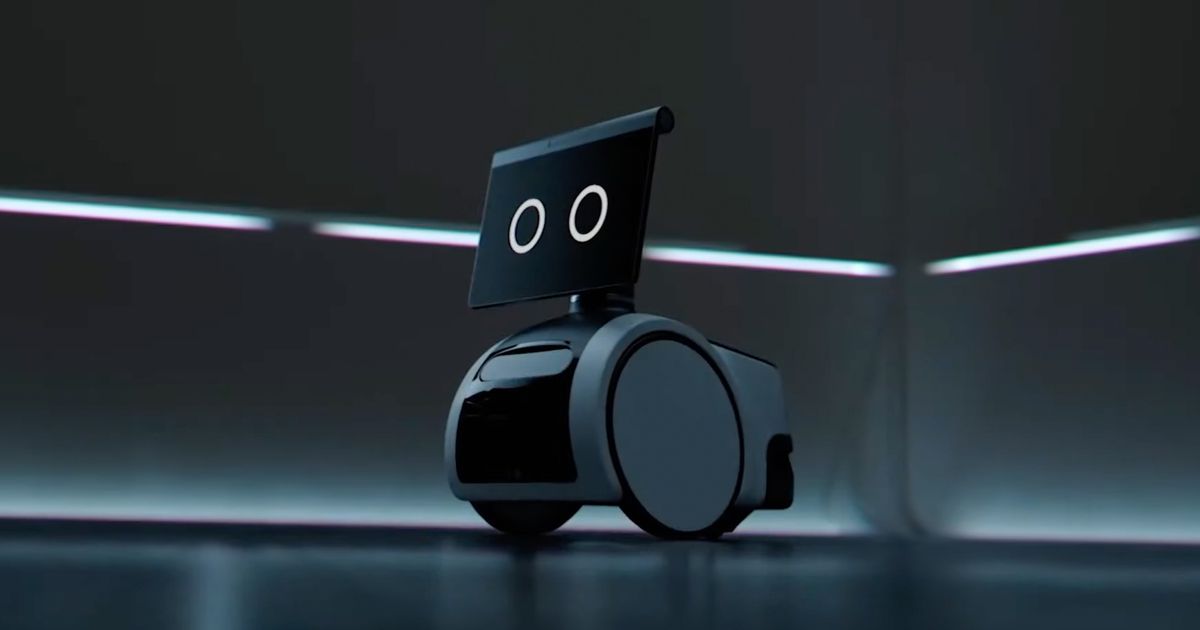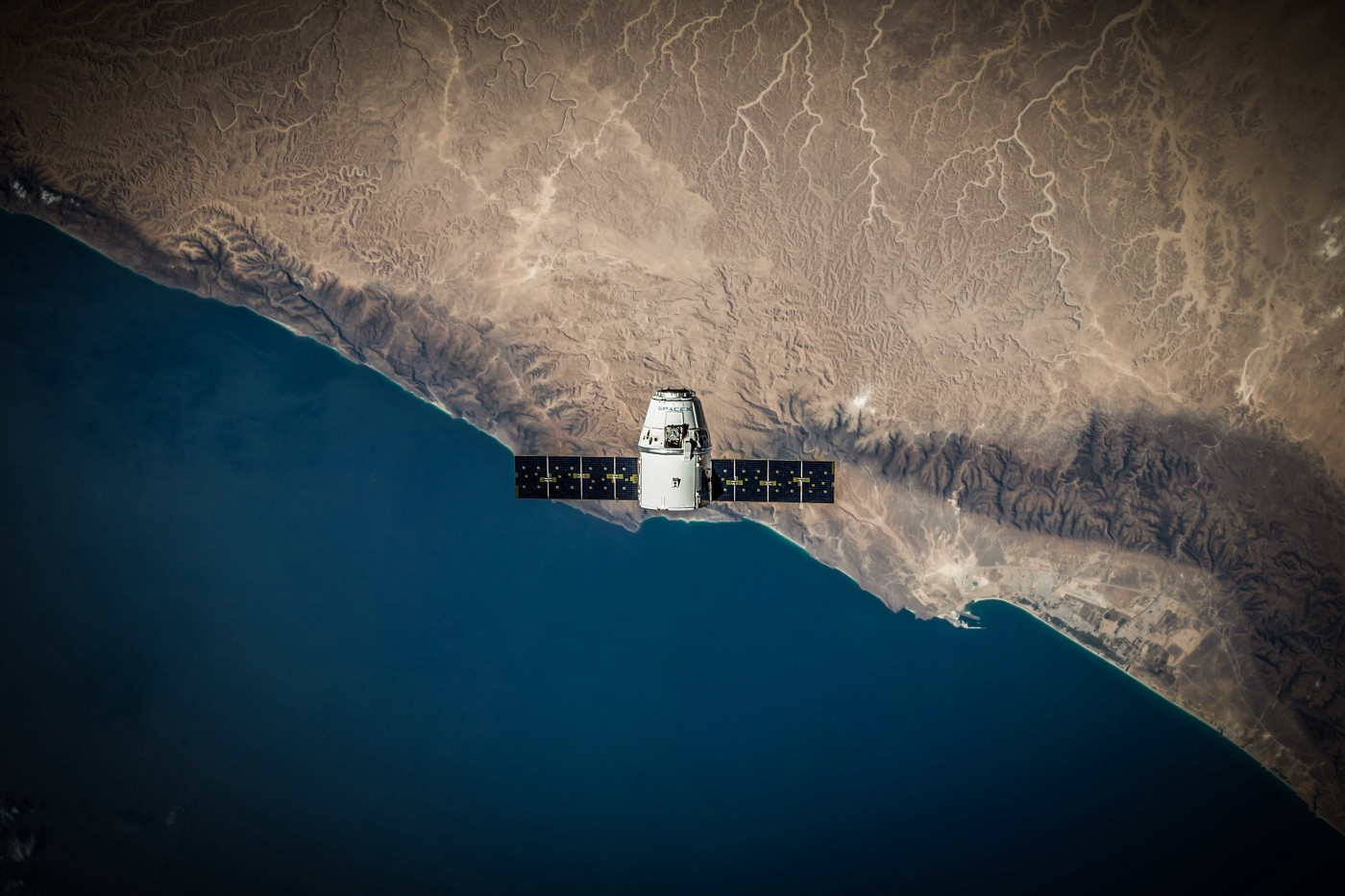Innovation
The Continuous Historical Evolution of Advertising Tactics


Over time, the idea of “advertising” has taken many forms. Whether it be handing out flyers, purchasing billboards, or buying Facebook ads, the concept has proven itself to be a frequently changing sphere. To analyze the timeline, I decided to map out the evolution of advertising tactics in chronological order.
Print Advertising
While the idea of marketing goes back to ancient Egypt, print advertising seems like an excellent place to start. Defined as any kind of promotional material that utilizes hard copied text, print advertising tends to come in the forms of flyers, handouts, pamphlets, etc. The first official “print ad” can be traced back to 1472 in which an ad for a Holy Bible was written upon a handbill or in 1468 when William Caxton detailed description of his book on a sheet of parchment.
Print advertising was prevalent within the early 20th century, as products were presented alongside promotional text in various ways, specifically flyers, and magazines. Since magazines were widely regarded as the most reputable news source in the ’20s, companies frequently purchased advertisement sloth to show off their new product. Print ads remained the largest advertising outlets until they were proven outdated with the rise of more technological marketing strategies.
Radio Advertising
During the ‘20s and beyond, radio advertising proved itself to be a marketing force. By selling commercial time on normal channels, the radio became an easy way to confront someone with an ad directly. Unlike newspapers, you couldn’t just turn the page. Listeners were forced to hear the ad before returning to the scheduled program, denying a fast way out. This feature would entice clients, hence the massive influx of traffic into the region of marketing.
With other forms of advertising, the consumer could disregard the slot and continue viewing the media. Unlike those tactics, live broadcasts weren’t skippable, making the service more reliable. However, it can reasonably be inferred that this helped mold the common conception of the “annoying ad” that interrupts your day.
Radio ads frequently featured catchy slogans, jingles, and memorable sketches. The slots offered more variability in the content that could be provided as opposed to print ads. Not only that, with radio demographics being recognizable, but it was also much more comfortable to target promotions to specific outlets. Utilizing sound was a convenient way to establish connections with listeners, building a more versatile array of marketing tactics.
Commercial Television
Print ads established a method of visualizing a product, radio helped incorporate sound, and commercial T.V brought them together. Originating in the 1940s, T.V marketing acted as the hand which solved the puzzle. With a mixture of commentary, visualization, and versatility, commercial ads took over the market. The jingles became more entertaining due to the introduction of live animation or scripted skits. Product showcases were far better, as the added commentary combined with the new video visualization made for an immersive experience.
Internet Advertising
Initially beginning within the ’90s through “banner” advertisements for telecommunications corporations, Internet advertising put all THREE previous methods together. With the usage of product pages and websites, users could watch videos, read descriptions, and see reviews. Companies like Amazon capitalized on this, further combining advertising’s predecessors through catalogs, collections, and magazine-esque promotional campaigns.
Conclusion
It’s interesting how advertising evolves but doesn’t forget. Each new stage incorporated some form of the old one while introducing a unique tactic to build upon it. As the variability grows, advertising continues to look to its roots for inspiration. As previously mentioned, most “new” ideas simply put an exciting spin on an old one.
Secondly, while I noted that some of these tactics are “outdated,” nearly all of them have a modern-day life. People still read newspapers, listen to the radio, and watch T.V, regardless of whether it’s the most “up to date” thing to do. Unlike advances in the technological realm, advertising tactics don’t necessarily become out of style.
Innovation
An Overview of Amazon’s Latest Astro Robot


Earlier in October, Amazon announced their long-awaited Astro Robot that can be used for various purposes in homes. This robot can autonomously drive around your room thanks to its precise cameras and obstacle detection sensors. It is practically a home assistant that can help with a couple of simple tasks such as recognizing people and alerting you if someone new is in the house, handling video calls, and even alerting you when someone calls or if you have a reminder.
During the announcement of this robot, Dave Limp, head of Amazon’s devices and services, said they want their customers to use this robot for multiple tasks more than being an Alexa on wheels.
We have seen several versions of this concept, including Tesla’s humanoid robot that they released about two months ago. However, is Amazon’s Astro Robot really different from all the versions made by other companies? Let’s take a look at some of its key features.
Features of the Amazon Astro Robot:
- Intelligent motion: This robot has built-in sensors that enable it to drive around your home without colliding with objects. So, you can always have it wherever you need it within the house.
- Remote operation: The Astro Robot is connected to the internet, so you can control it while you are away from home. This handy security feature enables you to monitor your entire house while you are away.
- Built-in Alexa: It comes with all the Alexa capabilities. So, you can use it to set reminders, manage shopping lists, receive activity alerts, and many more.
- 10.1″ HD touchscreen display (1280×800): This can be used to make entries and consume content, such as watching TV shows, showing your music playing lists, shopping lists, and many more.
- 2 Cameras: It has a 5MP bezel camera and 1080P ultrawide periscope camera with a 1320 field of view. This camera can rise on a built-in arm up to 42″ from the ground for more effective home monitoring. The cameras also have built-in face recognition capabilities that can help users identify news faces in the house.
- It uses rechargeable Lithium batteries: These batteries support fast charging (full charge in 45 minutes) when using the charger included in the box.
- Connectivity: It supports WiFi and Bluetooth to communicate with other local devices and connect to the internet.
- Processors: This robot comes with a couple of processing chips, including a2x Qualcomm QCS605, 1x Qualcomm SDA660, and 1x processor with Amazon AZ1 Neural Edge.
Amazon’s Astro Robot will be available for purchase for $999 in up to 50 states in the US. However, getting this robot involves a few extra steps. You will have to request an invitation to buy it and answer a couple of questions in their survey form. Amazon will then send you feedback informing you whether your invite was accepted.
Innovation
Varda Space Startup Plans to Develop Factories in Orbit


Varda Space Industries has now raised $53 million in funding. This new startup in the space industry was founded by Will Bruey and Delian Asparouhov, a pair who have worked at SpaceX and Founders Fund for over a decade.
Like SpaceX, Varda’s mission is ambitious; they want to be the first company to build factories in space. In an interview with CNBC, Will Bruey, the CEO of Varda, stated: “The Varda mission is to build the first space factory – essentially the first industrial park on orbit.” Varda is aiming at having its first mission in the first quarter of 2023.
They raised over $42 million in a round of funding that involved investors like Khosla Ventures, Caffeinated Capital, Lux Capital, General Catalyst, and Founders Fund. Before this round, they had initially raised $11 million in seed capital, which brings their total capital to over $53 million within less than a year after founding the company.
Varda has so far assembled a team of 16 people, most of them coming from SpaceX and several other companies in the space industry. They aim to build a team of at least 40 people before the first launch.
So, what exactly will Varda be manufacturing in space? According to their CEO Bruey, Varda will look to tap markets for products such as semiconductors, fiber optic cables, or pharmaceuticals – “extremely large” marketplaces here on the ground, Asparouhov said. He also noted: “Varda can exist because we don’t have to build the entire” technology system “ourselves,”
They may not be the first company to take goods to and from space stations, but they want to become the first to manufacture products right from space.
Asparouhov, the co-founder of Varda, noted that they would judge themselves based on their frequency of reentry because their goal is to bring value back on earth.
Varda is currently working on a three-piece spacecraft to kick off their journey. It consists of a commercially available spacecraft platform, the manufacturing module, and a heat shield-protected capsule to reenter the atmosphere and land under parachutes. Their first goal is to bring back products of at least 100 kg of material on earth.
Regarding regulation, Varda is still in the preliminary design review level and in the final stages of being authorized by the regulators and other stakeholders. Many are wondering if Varda will beat the deadline for their first mission scheduled for Q1 2023.
Innovation
How Dubai Is Artificially Creating Rainstorms


The United Arab Emirates (UAE) is one of the hottest regions globally, with an average annual temperature of about 95 Fahrenheit. Unlike some parts of the UAE, temperatures in Dubai regularly surpass the 115 Fahrenheit mark.
Dubai currently receives only 4 inches of rain throughout the year, way below the world average (39 inches). Because of the lackluster rain and hot temperatures, Dubai imports over 80% of its food since no meaningful agriculture can be done.
But, the UAE government has now invested over $15 million into using artificial methods to induce rainstorms in Dubai to deal with the hot temperatures.
In the last few weeks, there was a breakthrough in their efforts when meteorological officials released a video of rain over Ras al Khaimah and several other regions in the UAE. Scientists made this possible by using electrical charges from drones that manipulate the cloud and force them to release raindrops.
This feat brings hope to many other regions worldwide that are facing the challenge of water scarcity and extremely high temperatures. One of the significant caveats in this research was that some tiny raindrops would evaporate due to hot temperatures even before they reached the ground. To overcome this, scientists had to ensure the electricity the drones hit the clouds with is enough to create larger raindrops.
In his words, the Ambassador of the United Arab Emirates to the U.K. said:
“It’s moving to think that the rainfall technology I saw today, which is still being developed, may someday support countries in water-scarce environments like the UAE.”
Even though cloud seeding technology is fascinating, there are still concerns about its short and long-term side effects. Some of the unfortunate incidents that happened in the past due to such technology include one when Russia mistakenly dropped a non-powderized block of cement on some homes.
Heavy flooding is another catastrophic side effect that scientists have identified that we could face due to this kind of technology.
Eight western states are already using the technology of inducing rain from the clouds in the USA, following Dubai’s footsteps. However, the challenge with this cloud seeding over the years has been determining its effectiveness in the short- and long term. This technology is in its infant stages and still has the potential if it turns out to be cost-effective and viable.
-



 World4 years ago
World4 years agoArtificial Intelligence in the Modern World
-



 Spzrts4 years ago
Spzrts4 years agoWhat’s the Hype Around FlightReacts?
-



 Genfluencer4 years ago
Genfluencer4 years agoHow StevoLuddy Uses TikTok to Further Pursue His Passion
-



 Genfluencer4 years ago
Genfluencer4 years agoHow Rowan Winch Makes Thousands From His Phone
-



 Digital Culture4 years ago
Digital Culture4 years agoThe Effects of Social Media on the iGen (Generation Z)
-



 Digital Culture4 years ago
Digital Culture4 years agoHow to Navigate TikTok with Adam Meskouri
-



 Business3 years ago
Business3 years ago5 Tips for Starting a Limited Liability Company
-



 Digital Culture3 years ago
Digital Culture3 years agoWhy YouTuber Niko Omilana Is Running For Mayor






















